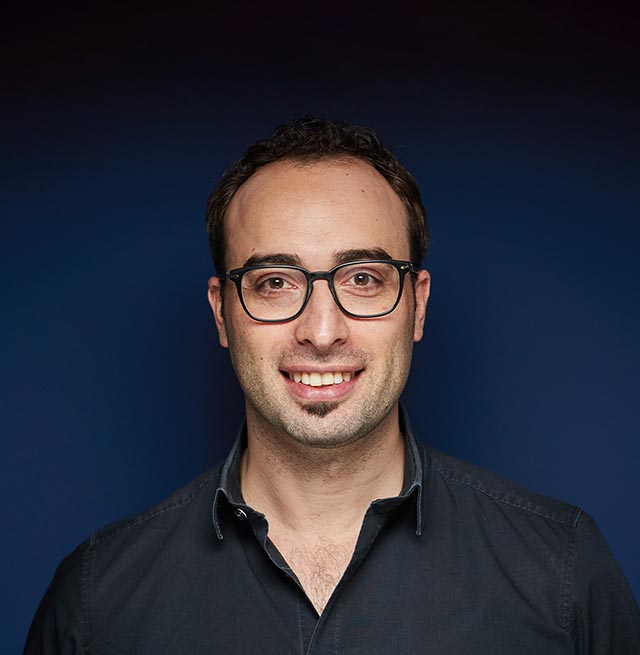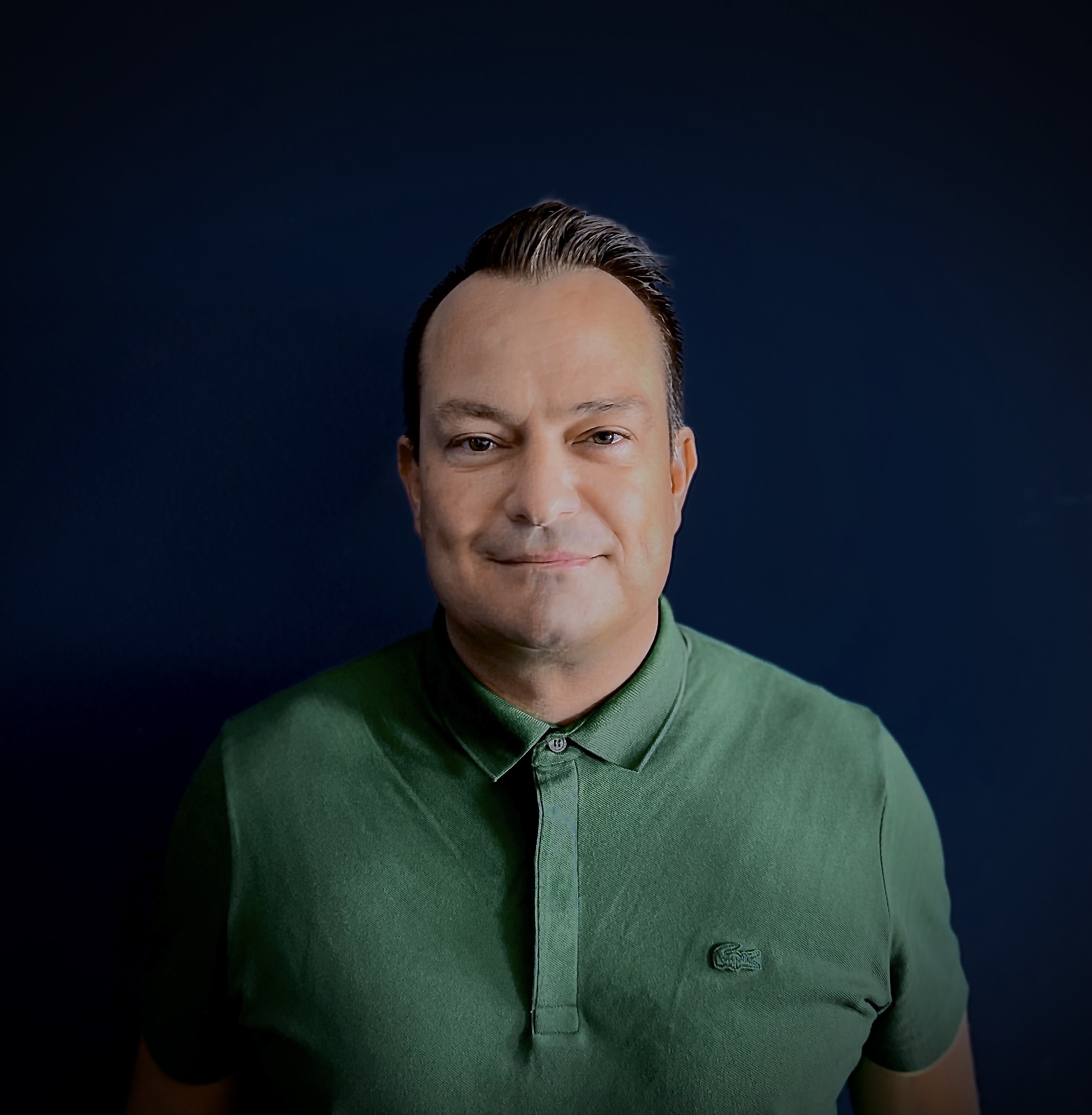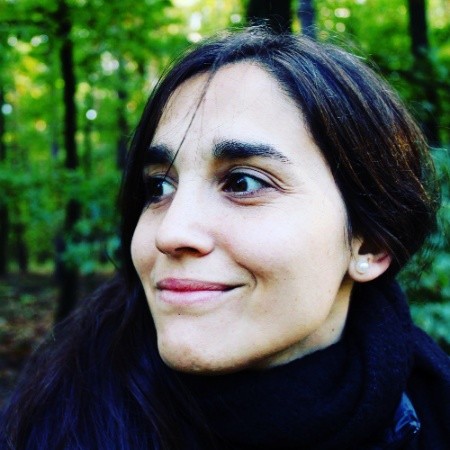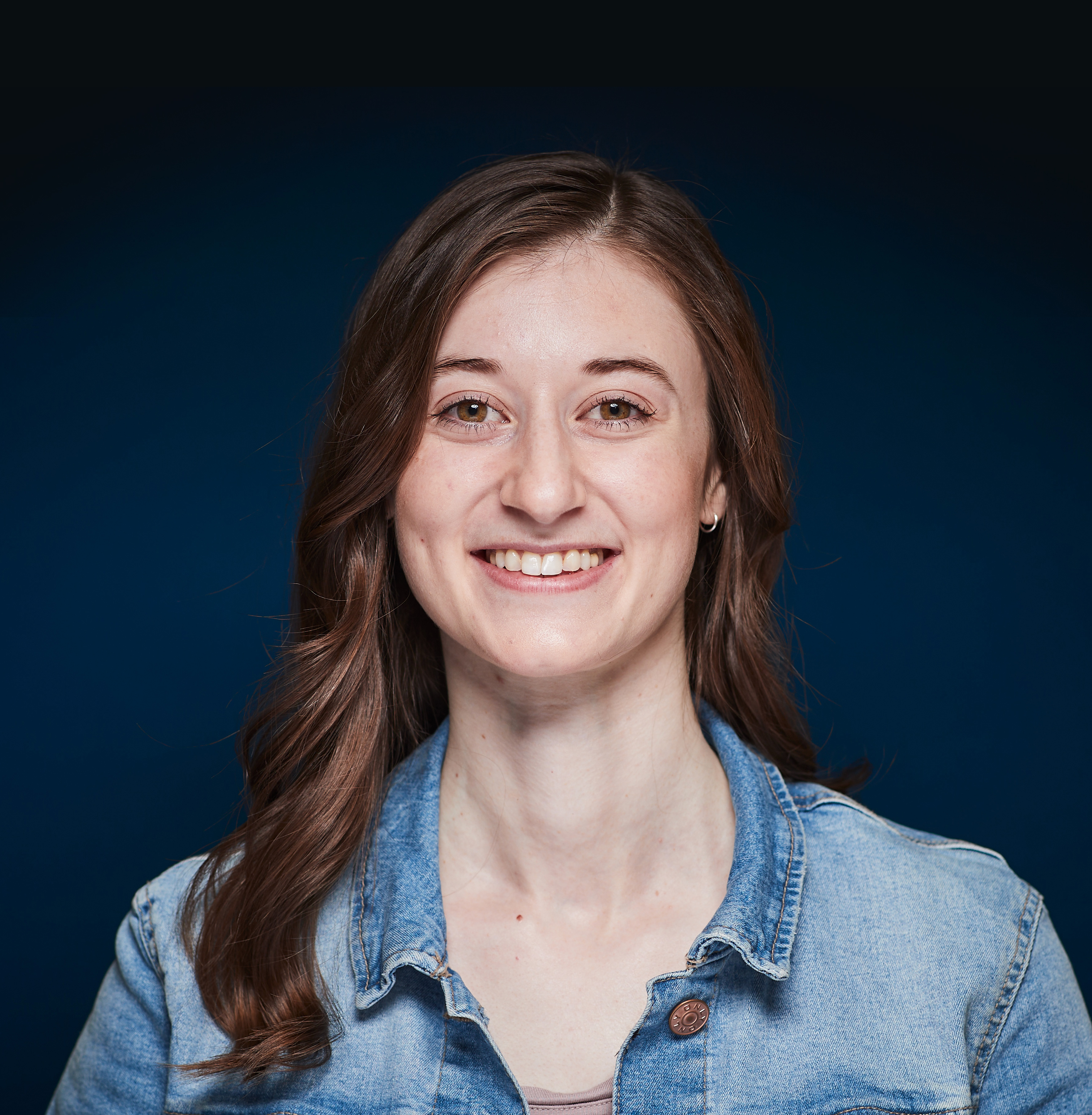Connectivity is the invisible thread that makes remote driving possible. Meet three of our experts behind the seamless, reliable connectivity systems that keep every Vay operation running smoothly: Dariusz, Paulo, and Ralf.
How would you describe connectivity?
All: Connectivity is the state of being connected. For Vay, it’s the connection between the Remote Driving Station and the vehicle. It’s what enables our Remote Drivers to control one of our cars from a distance – exactly as if they were sitting in it!
How would you describe your job?
Ralf: We have a very small, close-knit team. My job is about teamwork. I’m a Principal Software Engineer and the tech lead of the Real-time Transport Team. I was responsible for the original design and architecture of the Vay network stack. Until recently, we were a team of 3, and we all had our niches. But lately, we have all been working to bridge the gaps between our specializations and collaborate on our broader connectivity.
Dariusz: I’m a Principal Software Engineer. My subset of connectivity is called “real-time transport,” which means I write software that runs when a car is driven remotely.
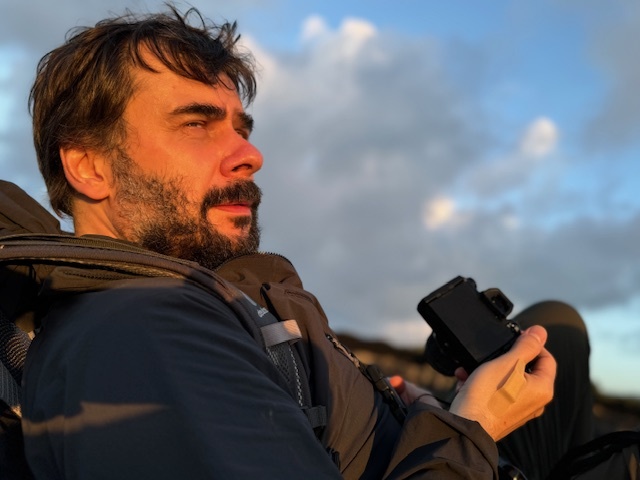
Paulo: I’m a Senior Telecommunications Engineer. I focus on creating the tools and running the tests needed to ensure each Vay car is seamlessly connected to our Remote Driving Stations.
What does a typical day look like for you?
Dariusz and Ralf: Our days always start with a team meeting. Our team mostly works remotely, so it’s essential for us to keep each other updated on our tasks and discuss any actions that need to be taken – and it’s also a great chance to connect personally! After that, we typically work independently on our tasks for the day. Sometimes we are testing, and other times we are writing code.
Paulo: Currently, I mostly focus on data, data, data! Creating dashboards, checking statistics, bugs, and incidents, finding possible points of failure within the system, and things like that.
Why is connectivity critical for our remotely driven service?
Dariusz and Ralf: Connectivity in a remotely driven service is the underlying, most critical part. We need to transfer data both to the car and from the car. This includes video from our cameras that is transferred to the Remote Driving Station’s screens. The internet is a public infrastructure, and its connectivity quality is called ‘best-effort’, which means that the internet tries its best to deliver the packets, but it’s not always guaranteed. Here is where our expertise and cutting-edge technology come together to deliver a seamless, reliable end-to-end connection.
How do you prevent network outages?
Dariusz: We work with multiple network providers instead of depending on a single one, and that’s exactly to ensure we are not affected by outages or congestion happening on their end. We use 3–4 operators at the same time.
Paulo: In addition to working with multiple providers, we have a protocol to react to outages. We identify the problem immediately and work to find where else we can send the data, like through another network provider.
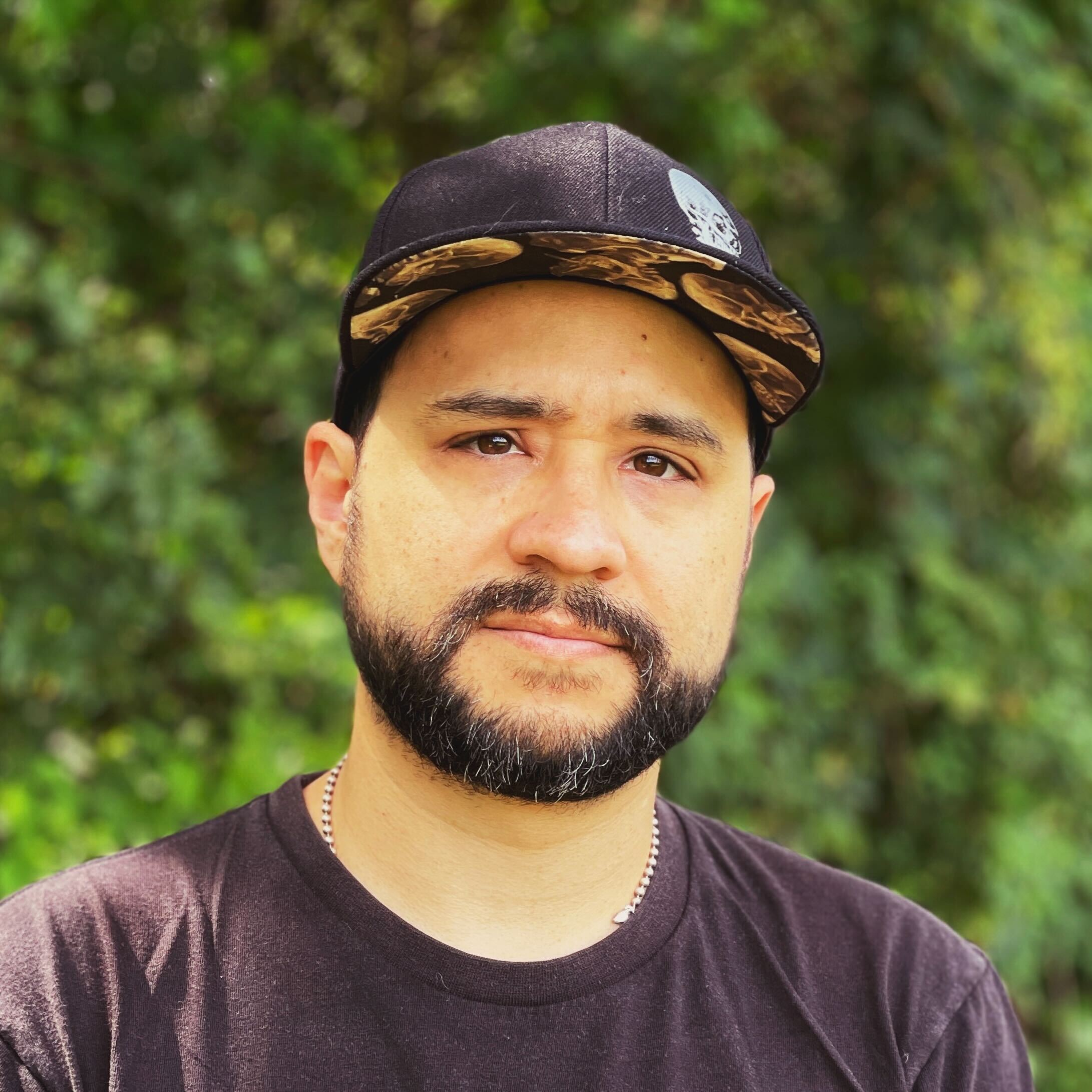
What are some pain points in connectivity that must be considered?
Ralf: The internet is a limited resource, and everybody wants it. We send large amounts of data through the same network that everyone else is also using. Constant, reliable connectivity in itself is something that is difficult to achieve – but at Vay, we have very advanced technologies and protocols that enable a safe remote driving service.
Paulo: Latency is the most important one. Secondly, throughput, which is the speed at which data can be put through the transport medium. These are the most basic pain points. Ensuring good quality coverage is also a key consideration.
What skills or experiences have been most valuable to build the connectivity stack at Vay?
Dariusz: The team that built this had quite a lot of experience in software development. Many of us had 20 years of experience before we joined Vay.
Paulo: What has helped me the most is statistics. Statistics really is everything. When you need to analyze a situation, there is no other way than checking all the metrics that each device produces. To know and understand what is normal, you need to know what the normal range of expected values is, and this can only be done with statistics. You need to develop a keen eye to train your eyes to find problems. In this process, you start developing tools to find issues more easily.
Ralf: The whole team has really strong C++ skills that come into play.
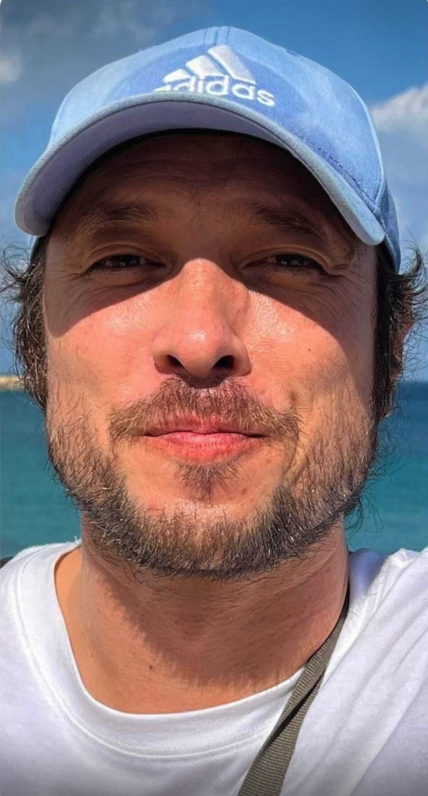
What makes Vay’s system unique?
Paulo: Pushing boundaries successfully. While our team was driving one of our cars remotely in San Francisco, someone told our CEO, “Wow, you are able to drive at this stadium?” Usually, at massive events, connectivity is bad. I never imagined that we could remotely drive a car in a place like that. I didn’t think it could be done – but we did it, and we did it efficiently.
Dariusz: The real-time constraints are what make the connectivity system an essential component of Vay. The combination of such requirements results in the uniqueness of our system.
What’s your favorite part of your job?
Dariusz: I generally like programming. I enjoy the process of understanding what I’m coding and working toward a solution within the process.
Ralf: I think it’s exciting to work on this technology. It’s so fun to see our vehicles remotely driving, and it’s thanks to our work.
Paulo: I like the idea that I’m working for something that, in the future, can really help humanity. It’s not only about remote driving, it’s about remote services as a whole. We’re using these developments at Vay to contribute to the future.

